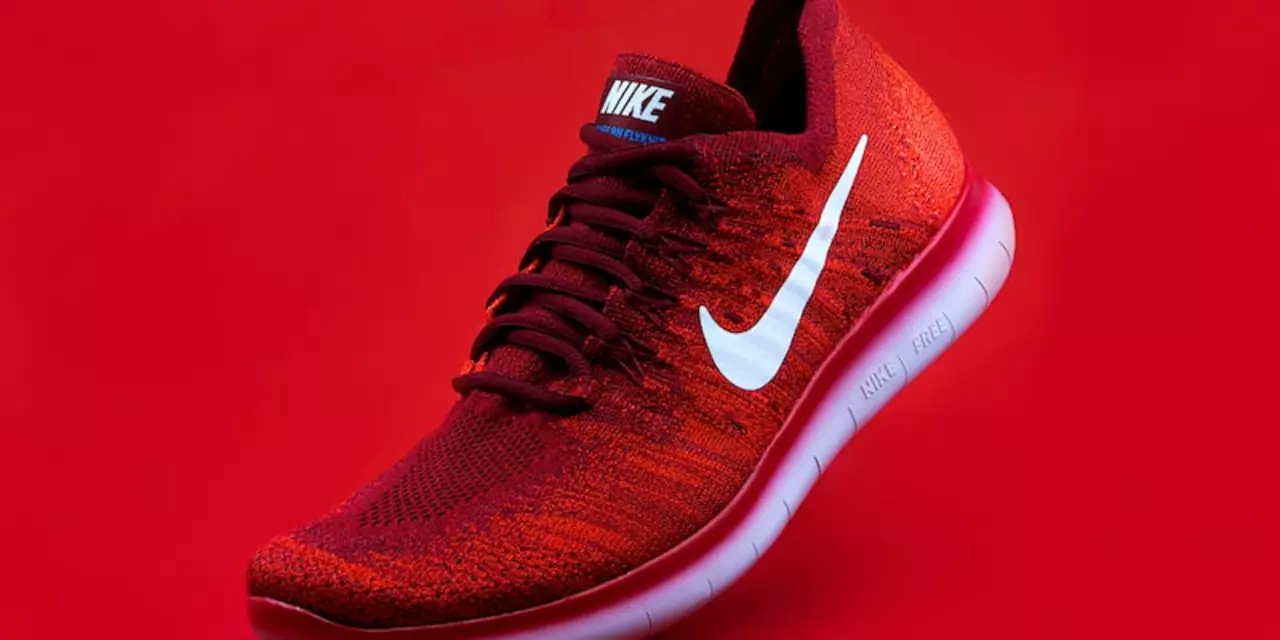Stability: The Secret Sauce for Better Soccer
Ever felt wobble in the middle of a sprint or noticed your team losing shape after a few minutes? That missing steadiness is what we call stability, and it shows up in three places: your body, your equipment, and your team dynamics. When any of these wobbles, you lose control, miss chances, and get more injuries. Let’s break down how to lock in stability so you can play smoother, longer, and smarter.
Why Stability Matters on the Pitch
First, think about your own balance. A stable core lets you change direction without toppling over. Players with solid core muscles can shield the ball, jump higher, and finish shots with less wobble. Second, the gear you wear plays a huge role. Badly fitted cleats or a loose jersey can throw off your balance in a split second. Finally, a stable team formation keeps the shape tight, making it harder for opponents to break you apart. When the back line holds, the midfield can feed forwards, and the whole side moves like a single unit.
Gear and Training Tips for Maximum Stability
1. Pick the right cleats. Look for studs that match the ground you play on. Firm, evenly spaced studs give you grip, while overly long ones can dig in and make you topple. Try the "Nike vs Adidas" debate – Nike often offers a snug fit, Adidas tends to feel lighter. Test both and notice which lets you feel planted.
2. Strengthen your core. Simple moves like planks, dead bugs, and side bridges build the muscles that keep your torso steady. Do three sets of 30‑second holds three times a week and you’ll notice less wobble during tight turns.
3. Work on ankle stability. Ankle circles, single‑leg hops, and resistance band work tighten the small muscles that stop you from rolling over. Strong ankles mean fewer slips when you push off for a sprint.
4. Wear a well‑fitted jersey. A jersey that’s too loose can flap and distract you, especially when you sprint. Choose a breathable, snug shirt that lets you move without feeling restricted.
5. Keep your team shape. As a midfielder, constantly check your position relative to teammates. A quick verbal cue or a hand signal can remind everyone to stay compact. When the shape holds, passing becomes easier and the opposition can’t find gaps.
Putting these steps together creates a stable foundation. You’ll notice smoother dribbles, cleaner passes, and a lower risk of ankle twists. Stability isn’t a one‑time fix; it’s a habit you build with consistent training and the right gear.
Give these tips a try at your next practice. Notice how a tighter stance changes your confidence, then watch how the whole squad feels more in sync. Stability might sound simple, but on the field it’s the difference between a shaky scramble and a controlled victory.
